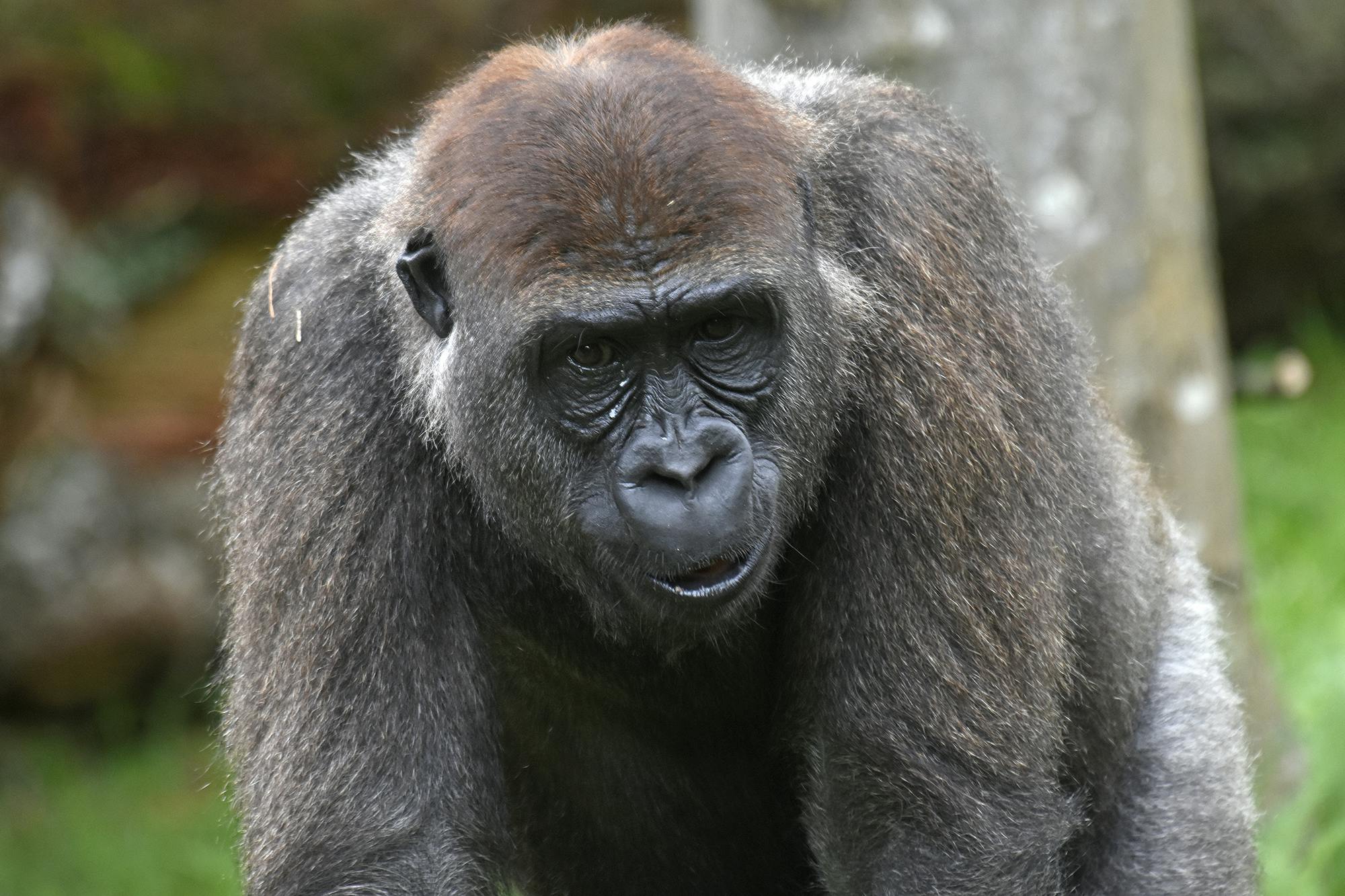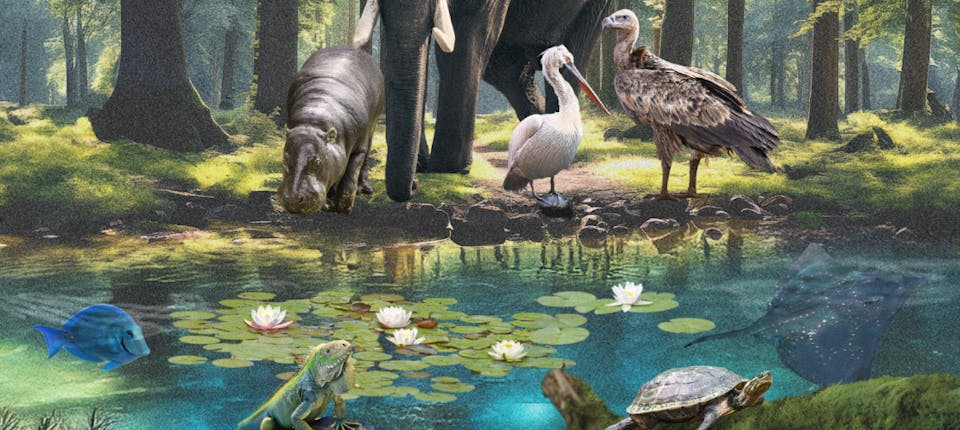

Gorilla Aybo has moved to Zoo Arcachon Basin in France. He is the first to go, as the rest of the gorilla group will relocate to other zoos over the coming years. In the future, there will be no new permanent gorilla group in Blijdorp.
This decision aligns with Blijdorp's newly sharpened mission and vision regarding species conservation and nature restoration, presented earlier this month. To achieve these goals, difficult choices must sometimes be made, and this is one of them. Consideration was given to the limited space available at Blijdorp and the potential impact that can be achieved. Part of the future plan includes renovating the Rivièrahal, where the gorillas are currently housed. Once all gorillas have been relocated and before renovations begin, the enclosure may serve as a temporary shelter. The decision regarding the gorilla group has been coordinated with the population management program coordinator.

The current gorilla group consists of two bloodlines from females Tamani and Aya, with their offspring (names starting with T or A indicate their lineage). All the young gorillas were fathered by Bokito, who passed away this spring. The group currently lacks a leader to maintain order and correct inappropriate behavior. If the group becomes unsettled, the gorillas in Blijdorp can be separated.
Introducing a new silverback is very risky. During a takeover, he might kill the offspring that are not his own, a natural behavior known as infanticide. This mechanism ensures that the females become fertile again quickly after losing their young, allowing the new silverback to produce his own offspring and pass on his genes.
All scenarios for the individual gorillas are thoroughly discussed with the population management program coordinator. In the wild, the animals must find their own solutions. Gorilla groups in nature do not usually maintain the same composition; females may join another group, or a new leader may take over.

Suitable new homes have been found for almost all the gorillas. However, it may take several years for the last gorilla to leave Blijdorp. The exact schedule for these relocations is not yet known, except that Aybo will be the first to depart. His mother Aya and her youngest offspring, Ajabu, will move together, and a suitable place is still being sought for his sister Ayba. The other group, consisting of Tamani, Tonka, and Thabo, will likely move together to Italy.
Erik Zevenbergen, director of Diergaarde Blijdorp, stated: "This decision has a significant impact on all involved and our visitors. It was a difficult decision that we deliberated on for a long time. A new course requires different, sometimes tough, choices. Our goal is to house our animals as best as possible and make an impact with the species we focus on. We look not only at today but also at what is best for the future."

Diergaarde Blijdorp faces a challenging task. On November 1, the renewed mission and vision described in the Masterplan 2050 were presented. This transition aims to make the organization even more dedicated to species conservation and nature restoration, taking the lead with all the knowledge and experience available. One focus of this shift is our ambassadors—ten animal and plant species that will represent their wild counterparts and help raise awareness of their threats.

Despite the departure of the gorillas, Diergaarde Blijdorp will continue to support this critically endangered species. Our western lowland gorillas have long been ambassadors for their wild counterparts, who face threats from habitat destruction, poaching, and wars in Africa. Much of their habitat is lost due to coltan mining, a mineral used in cell phones. Diergaarde Blijdorp has been supporting the Mbeli Bai Study conservation project in Congo Brazzaville for years and will continue to do so for the foreseeable future.

